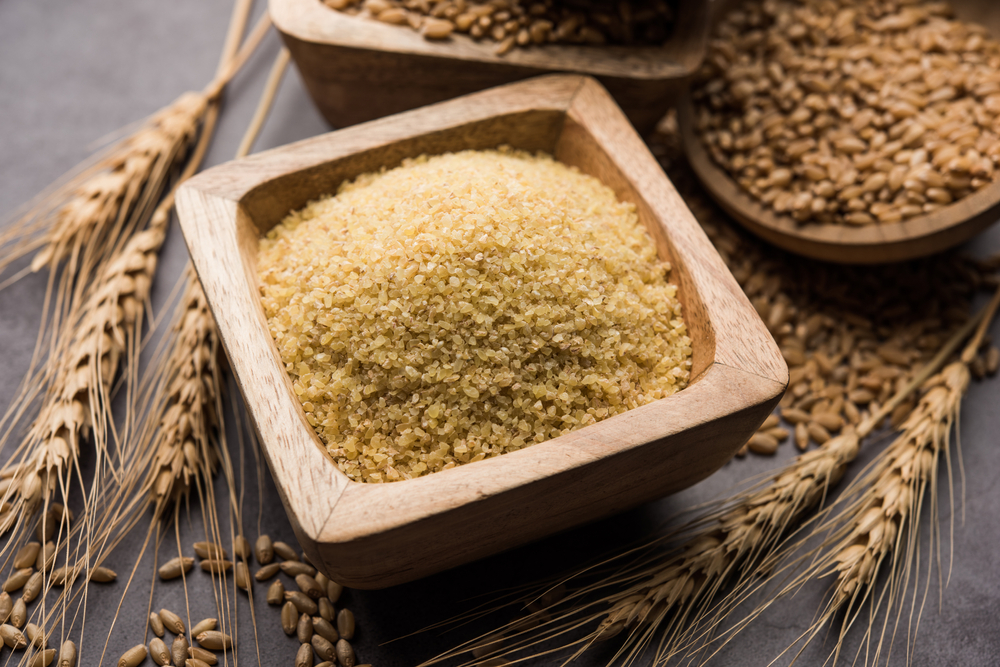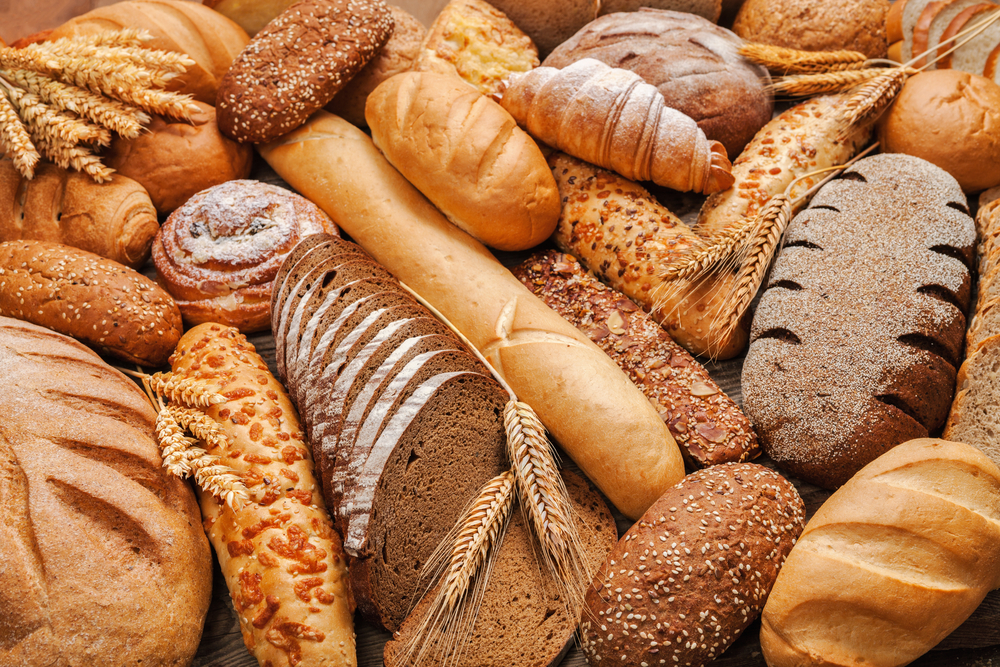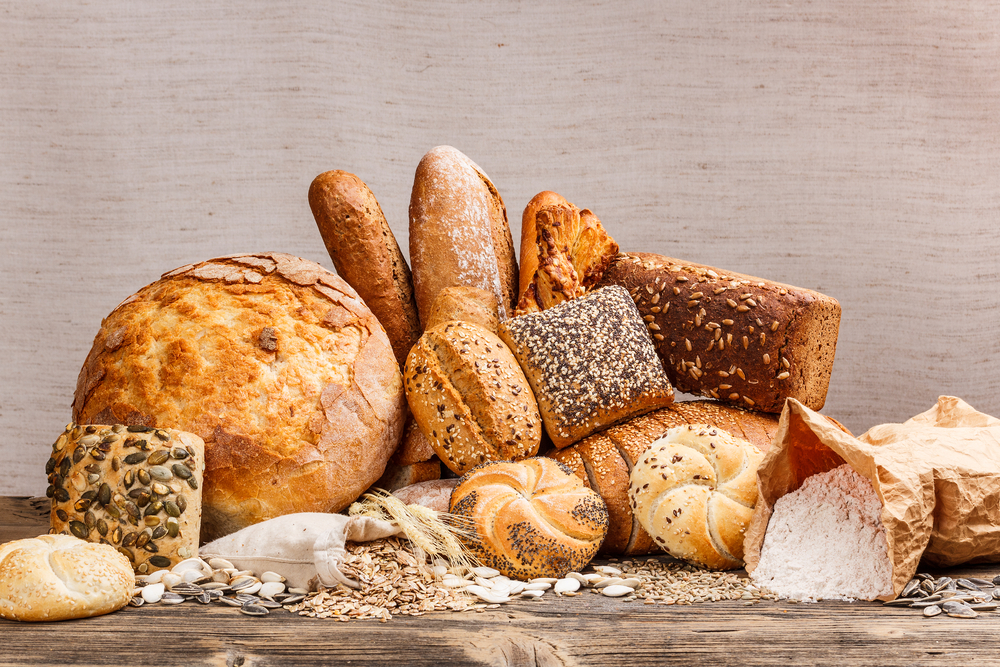Wheat berries, also known as whole wheat kernels or cracked wheat, are the whole grain of the wheat kernel that has been cracked. Wheat berries have a slightly bitter taste that can be mellowed by soaking them overnight in cold water before cooking. They’re most often used to make soups and stews or used in salads and pilafs. You can even make your own bread!
Packed with fiber, proteins, and tons of vitamins and minerals, they’re a popular addition to many recipes. They can be hard to find though, especially if you don’t have a health food store nearby.
If you need wheat berries for your recipe, try out one of these excellent wheat berries substitutes: Farro, quinoa, barley, couscous, and freekeh.
Wheat Berries Overview
Wheat berries are a type of whole grain that can be used in a variety of recipes. They’re high in protein, fiber, and minerals, making them an excellent source of nutrition. Wheat berries are also gluten-free grains, so they’re ideal for those with celiac disease or other food sensitivities.
While your average grocery store isn’t likely to carry wheat berries on its shelves, it is a staple in many cultures.
The wheat berry is the entire wheat kernel, the one we normally break down for flour. It includes the germ, bran, and endosperm. Because it hasn’t been broken down and is still a complete seed, it maintains the highest nutritional content of all wheat products.

What Can I Substitute Wheat Berries With?
When it comes to wheat berry substitutes you have several options. While most options are another variety of grain, there are non-grain or pseudo-grain substitutes as well to suit many diets.
Wheat berries have a longer soaking time and cooking time. When selecting a substitute, remember there might be differences in soaking and cooking that will require changes to your timing when cooking.
1. Quinoa
Quinoa is a gluten-free seed that can be used as a substitute for wheat berries. It is a good source of protein, fiber, and iron, so it’s an excellent alternative if you’re looking to add more nutrients to your diet.
This seed, native to South America, comes from a member of the cabbage family and was an essential crop for the Incas, and still is a staple to many in South America.
If you’re looking for the nutritional power of wheat berries, quinoa carries serious nutrition as well with high fiber and protein alongside a powerhouse of vitamins and minerals. It’s popular enough now to be widely available and easy to get right off the shelf at your local grocery store.
Great for gluten-free diets, quinoa makes an excellent wheat berries substitute in salads and soups, as well as a substitute for rice.
2. Amaranth
Amaranth is a gluten-free grain that is high in protein and fiber. It can be used to make a sweet porridge or a savory side dish, and it’s often used as a substitute for quinoa in recipes.

Amaranth is also known as pigweed, thanks to its shape and texture when cooked (it looks like little grains of wheat). You can buy amaranth at health food stores or order it online from Amazon.
3. Oats
You can easily save your wheat berries recipe with oats. You could even say that oats are the absolute most versatile grain out there.
Whether it’s savory or sweet, the oats will make an excellent wheat berries substitute.
4. Millet
Millet is another gluten-free grain that you can easily substitute for wheat berries.
Millet is a seed that’s been used in many cultures around the world, but it wasn’t until recently that it gained popularity in North America. The slightly nutty flavor pairs well with savory and sweet dishes making it incredibly versatile.
Millet has a mild flavor and can be enjoyed as part of breakfast, lunch, or dinner! It’s also easy on digestion so if you have trouble digesting other grains this may be an option worth trying out!
5. Rye
Rye comes in the form of flakes, flour, or a cereal grain and is popular in bread, stews, and soups.
Rye can replace wheat berries one for one and you cook it in the same manner. The similar flavors will complement any recipe with wheat berries. It also comes in a gluten-free variety for those needing to follow a gluten-free diet.

The slightly sour and sweet undertones make it an excellent substitute where wheat berries are the calling for grain.
6. Maize
Maize or corn is gluten-free and an OK alternative for wheat berries. It’s a great addition to salads and stews.
Try adding it to a stir fry or any other dish. Canned maize is super convenient as it’s ready to eat all you have to do is add it in.
7. Farro
Another ancient grain, farro, was a staple of the Roman diet and you’ll find it in a lot of Italian cuisines today.
It’s a common addition to soups and stews or as a replacement for rice.
The nutty flavors compliment any recipe that asks for wheat berries and you can still get the fiber and protein you’re looking to add to a healthy diet.
8. Sorghum
Sorghum is an easy to cultivate grain and can be prepared in the same way you would prepare wheat berries.
Also having a mild, nutty flavor you find it very similar to that of wheat berries. It goes well with salads and roasted vegetables thanks to its earthy flavor.
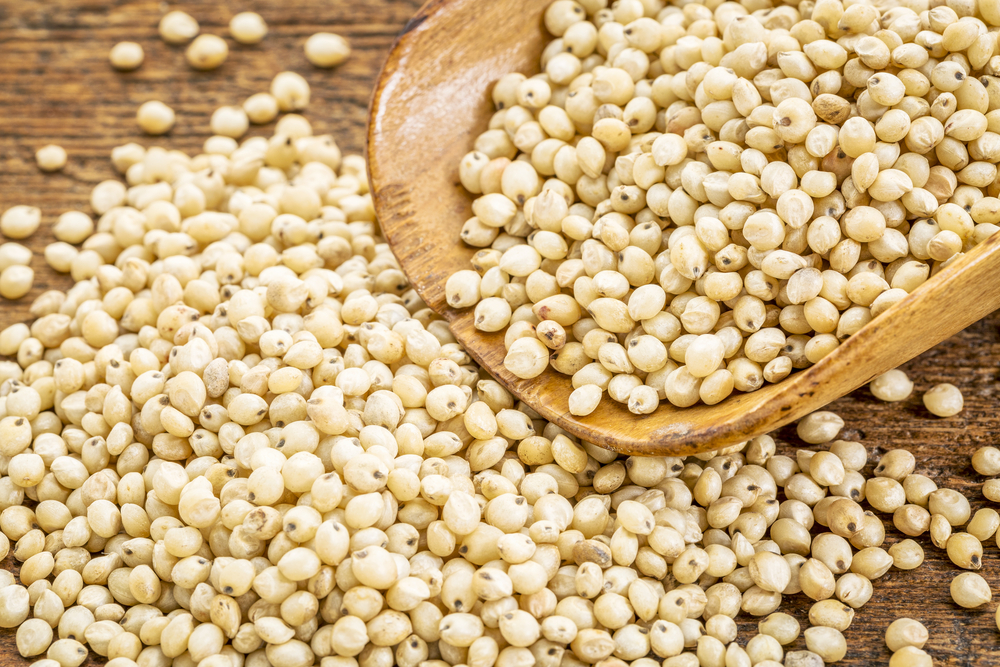
9. Barley
Barley is the world’s most commonly grown grain for many reasons, including the production of beer.
You’ll find it as a common ingredient in soups, stews, and pilafs due to its chewy texture.
Still packed with fiber and protein you’ll find it’s an excellent substitute for wheat berries for anyone trying to maintain that health-conscious diet.
10. Couscous
While not a grain, couscous is an excellent substitute for wheat berries due to its texture. This North African pasta made from semolina flour has the texture of tiny pellets.
When they’re steamed these little pellets of pasta form a light and fluffy texture that blends well with many dishes including vegetables, meat, and sauces.
You’ll find couscous in many Moroccan and Middle Eastern recipes since it’s so versatile.
It is a higher calorie and dense substitute, keep that in mind when you’re determining amounts.
11. Rice
The best gluten-free substitute for wheat berries would be rice. Rice suits a wide range of recipes, but won’t offer quite the same flavors.
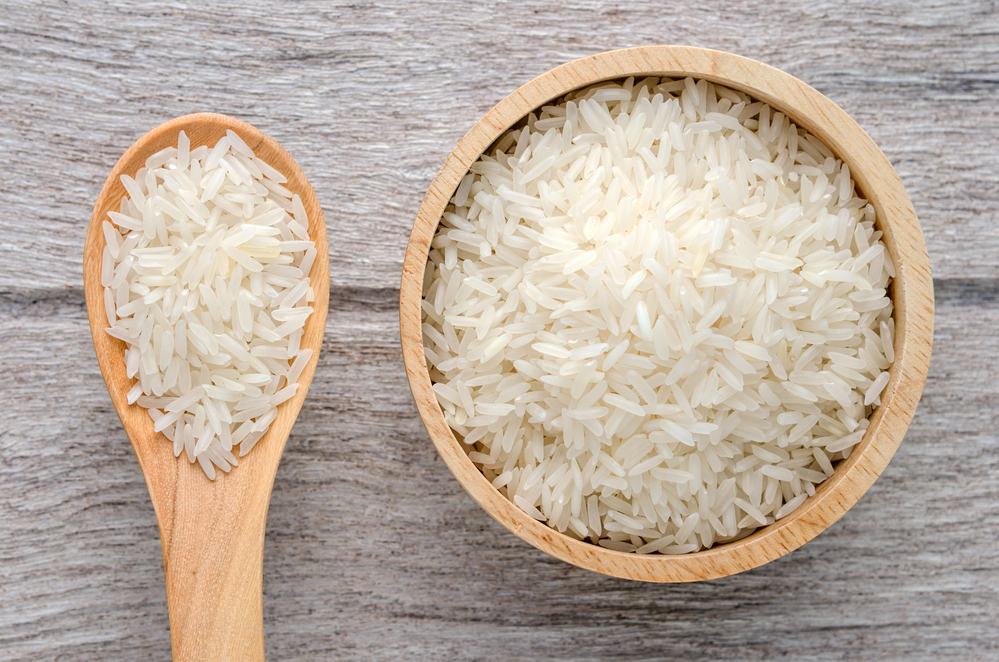
Any use of wheat berries that are similar to the uses of rice would be a good option. Use it in risotto, stew, soup, and even some salads.
12. Freekeh
Freekeh, or farik, is very close to wheat berries as it’s also a wheat product. Freekeh is durum wheat that’s harvested while it’s still green and the grains are soft and young.
These young grains are dried and then roasted adding a fantastic smokey flavor.
An excellent addition to soups and salads, you can grill it, roast it, or boil it.
It sits well in your pantry too. The longer it ages in your pantry, the better the flavor and texture become.
It does take a long time to cook though. Take that into consideration when using it as a wheat berries substitute. This African ingredient has become very popular worldwide and is much easier to find now.
13. Bulgur
This whole grain is made from dried and cracked wheat. Because it’s also wheat, you’ll find the same nutty flavor and chewy texture that you’ll get with wheat berries.
If you’re short on time and need a substitute, bulgur comes in a par-cooked form that’s super easy to add to your dish.

14. Kasha
So it may not be easy to find, but this cereal made from buckwheat groats can be found online and in specialty stores. The buckwheat groats are roasted, soaked, and cooked to make kasha.
The process gives the kasha that desired nutty flavor along with a chewy texture that mimics that of wheat berries.
Be careful, kasha can easily be overcooked and get mushy.
15. Triticale
This grain is a cross between wheat and rye and would make an excellent wheat berries substitute. The sweet and nutty flavor will compliment just about anything.
While a little larger than your typical wheat berries, they have some excellent nutritional value.
These have to be soaked overnight, so be prepared if you’re planning on replacing your wheat berries with triticale berries.
16. Spelt
The whole kernel of the spelt grain is another nutty alternative to wheat berries.
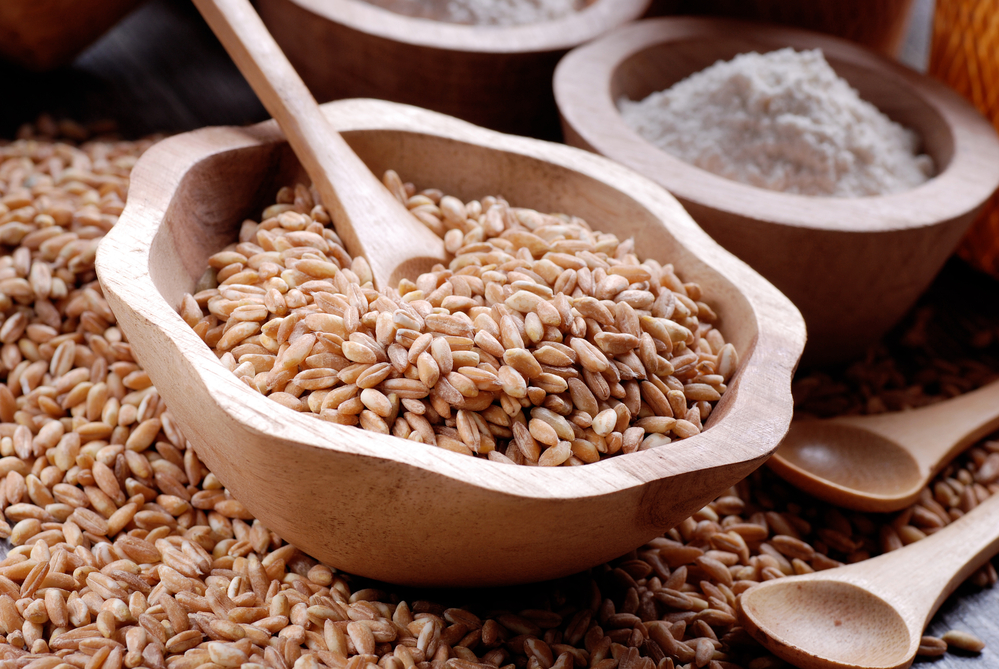
If you’re looking for an alternative in rice-based recipes, in stews, or soups, then spelt is a good option. The tougher texture of this grain makes it a great substitute in risottos as well since it’s harder to make it mushy.
Conclusion
So, there you have it! A few delicious, nutritious, and easy-to-prepare substitutes for wheat berries.
If you’re looking for a grain that can be used in a variety of dishes and provides an assortment of health benefits, then we highly recommend trying any one of these options out. Make sure to pay attention, many of these substitutes should be soaked overnight. If you’re in a pinch for time, quinoa or couscous may be your best option!


